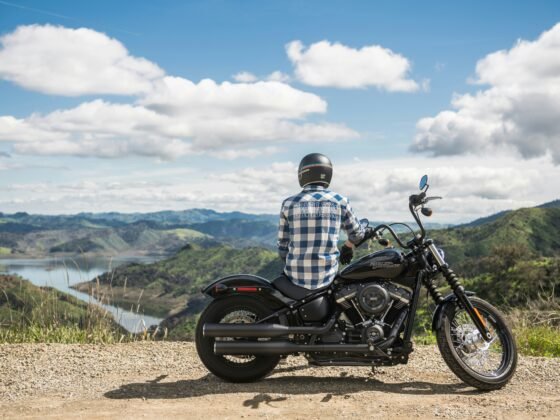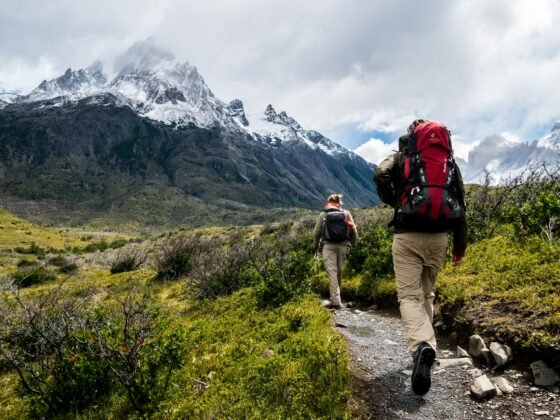
Trekking Mount Elbrus is an outdoor activity that can be enjoyed by people of all ages and fitness levels. However, to make the most out of trekking, it is crucial to have some basic skills and knowledge. In this article, we will explore the skills required for trekking and provide some tips on acquiring them. So, if you are planning a trekking expedition, read on.
What skills are required for trekking in different terrains and weather conditions?
A range of skills and strategies are required for trekking in different terrains and weather conditions. To cope with most types of terrain, it is crucial to have strong legs, good balance, and a solid knowledge of navigation techniques. Additionally, adapting your pace according to the conditions and terrain is essential when trekking in challenging environments. Whether bushwhacking through thick undergrowth or carefully climbing over rocky ridges, the ability to focus on your footing while taking in your surroundings can be the key to a successful trek.
Regarding dealing with the weather conditions one might encounter on a trek, it is crucial to be prepared for sudden shifts in temperature and humidity levels. It can include packing appropriate clothing layers and carrying items like hats, sunglasses, sunblock, insect repellant, first aid supplies, and water purification tools.
Additionally, knowing how to read the weather signals and plan accordingly when making decisions about stops or changes in the route. Overall, practical trekking requires many different skills and strategies that must be adapted depending on the terrain and weather conditions you encounter.
How can you prepare yourself mentally and physically for a trekking expedition?
There are a variety of factors that need to be considered when preparing for a successful trekking expedition. On the physical front, it is vital to build up your endurance and strength by participating in regular exercise, including running, swimming, or hiking. You should also ensure that your body is well-rested and well-nourished before embarking on your journey, with plenty of quality sleep and nutritious meals.
On the mental side of things, it can be helpful to start planning well in advance. It includes thinking through potential routes and weather patterns, giving you a strong sense of what to expect. You should also take some time to prepare mentally by practicing mindfulness techniques and visualizing yourself completing the trek successfully. Ultimately, these strategies will help you to stay focused, motivated, and engaged throughout your expedition.
So whether you’re embarking on a mountain climb or just setting out on an afternoon hike in the local park, remember to prepare both physically and mentally for your trekking adventure.
What should you do if you encounter rugged terrain or bad weather during a trekking trip?
First, assessing the terrain and weather conditions is crucial before starting your trek. If you encounter rugged terrain or bad weather during your trip, you should first take stock of your surroundings. Are you on a treacherous mountain path, or are there other shelter options nearby? Try to move to the side of the trail and wait out any storms. If not, it may be necessary to navigate tricky sections on foot carefully.
Whether you try to continue forward or are forced to turn back is up to you, but remember that safety always comes first. Regardless of the situation, you must remain calm and think clearly to best react and get through any challenging terrain. Preparing and planning are essential regarding rugged terrain or bad weather during a trekking trip.
How can you make your trekking experience more enjoyable and safe?
First, properly assess the terrain and weather conditions before starting your trip, which will help you avoid surprises. Second, ensure you are physically and mentally prepared for your journey by exercising regularly and practicing mindfulness techniques.
Lastly, pack all the necessary supplies, including first aid items, water purification tools, and insect repellent. Following these tips can help ensure your trekking experience is enjoyable and safe. Thanks for reading, and safe trekking.
What common dangers are associated with trekking, and how can you avoid them?
There are a few common dangers associated with trekking, but fortunately, they can all be avoided with proper preparation and planning. First, it is crucial to be aware of the potential for dangerous wildlife encounters, and it includes large animals, such as bears or mountain lions, and smaller animals, such as snakes or spiders.
To avoid these dangerous encounters, making noise while trekking and staying on well-traveled trails is essential. Additionally, you should always carry bear spray or another form of self-defense.
Another common danger associated with trekking is the potential for getting lost. It can be avoided by carefully planning your route and bringing a map and compass with you on your journey. If you find yourself lost, staying calm and backtracking to the last known point on your route is essential.
Lastly, dehydration and altitude sickness are other dangers to be aware of when trekking. Drinking plenty of water and taking breaks often is essential to avoid these issues. Additionally, it is best to slowly acclimate to higher altitudes by trekking to lower elevations first.











